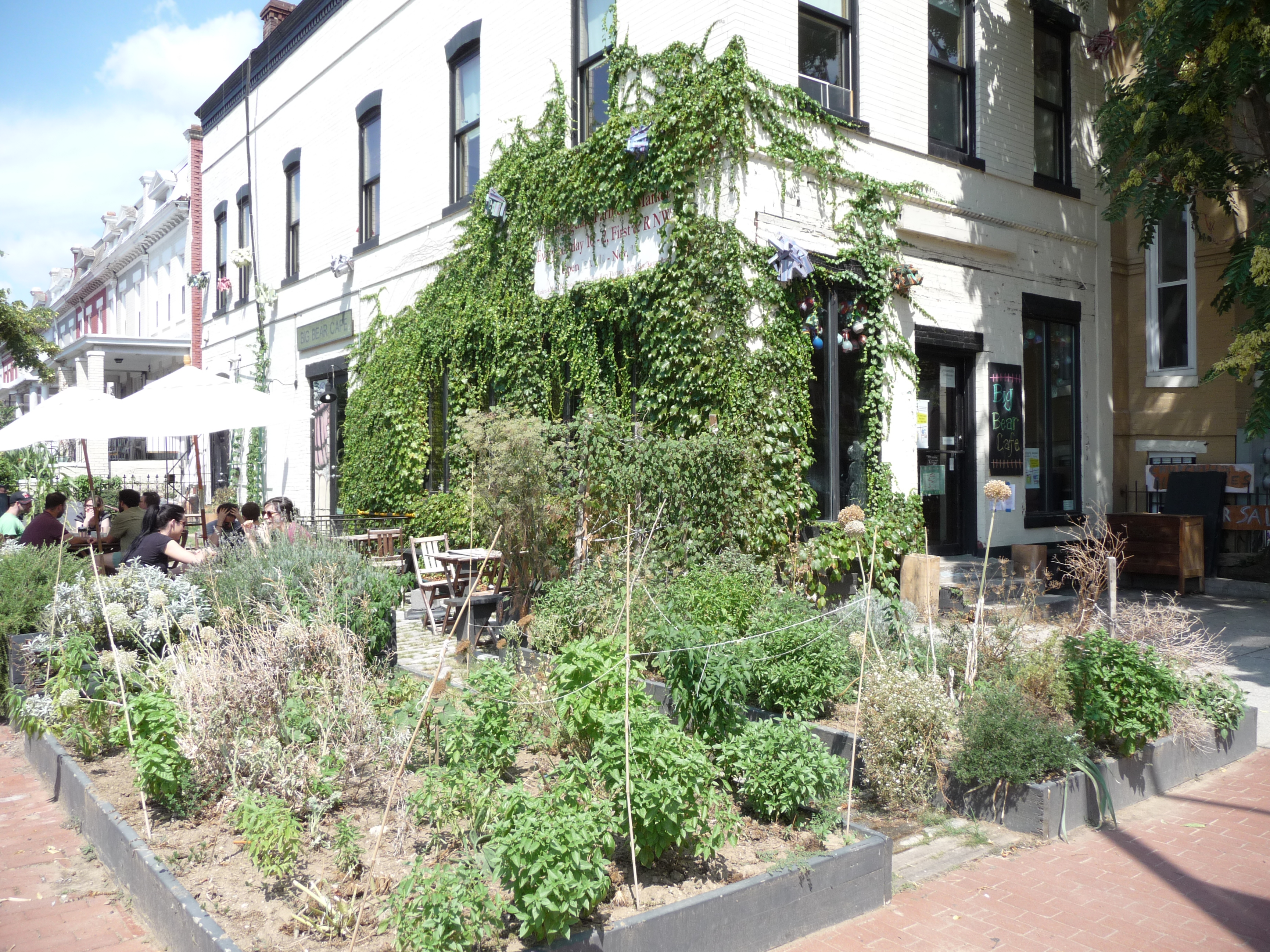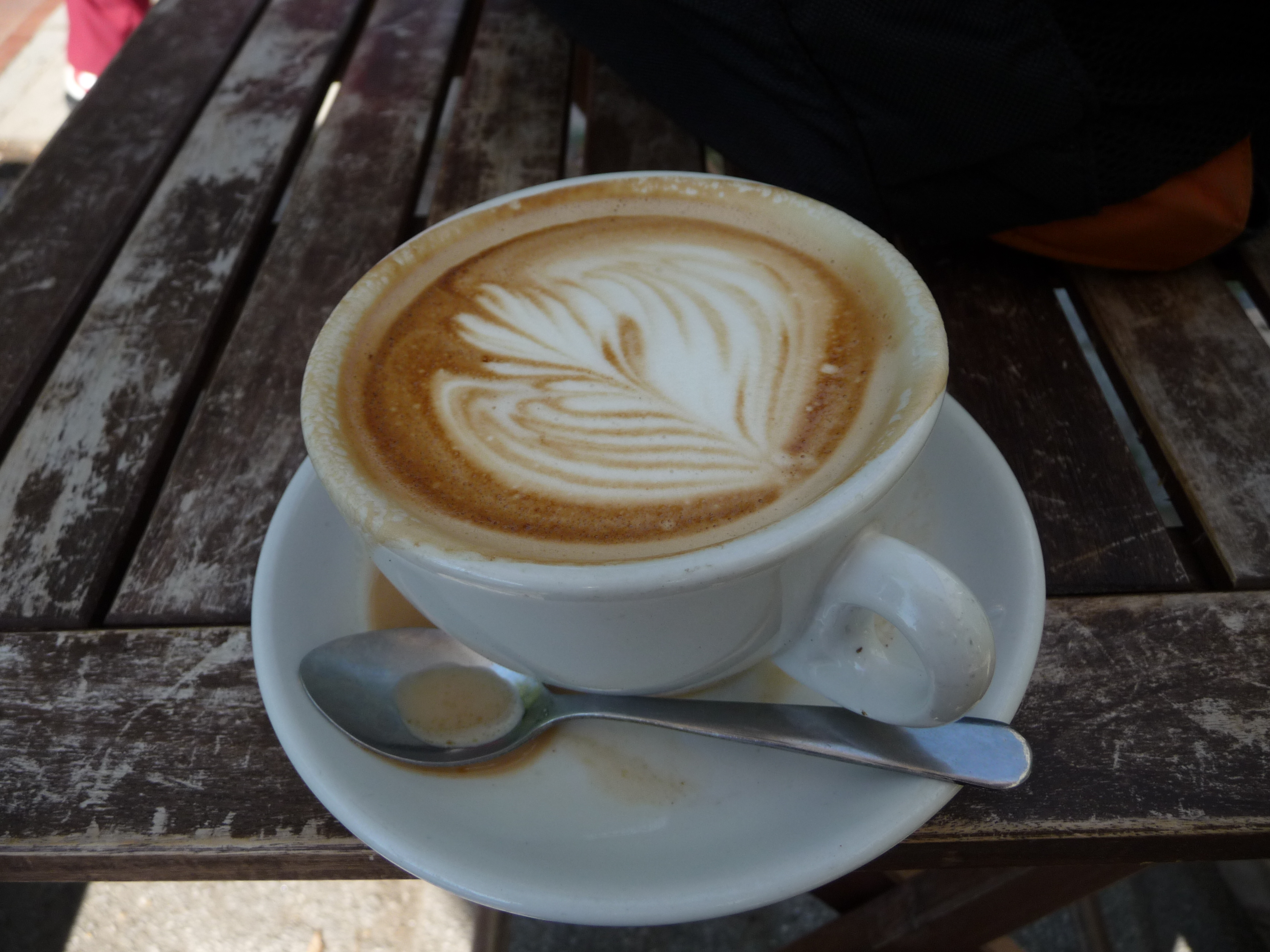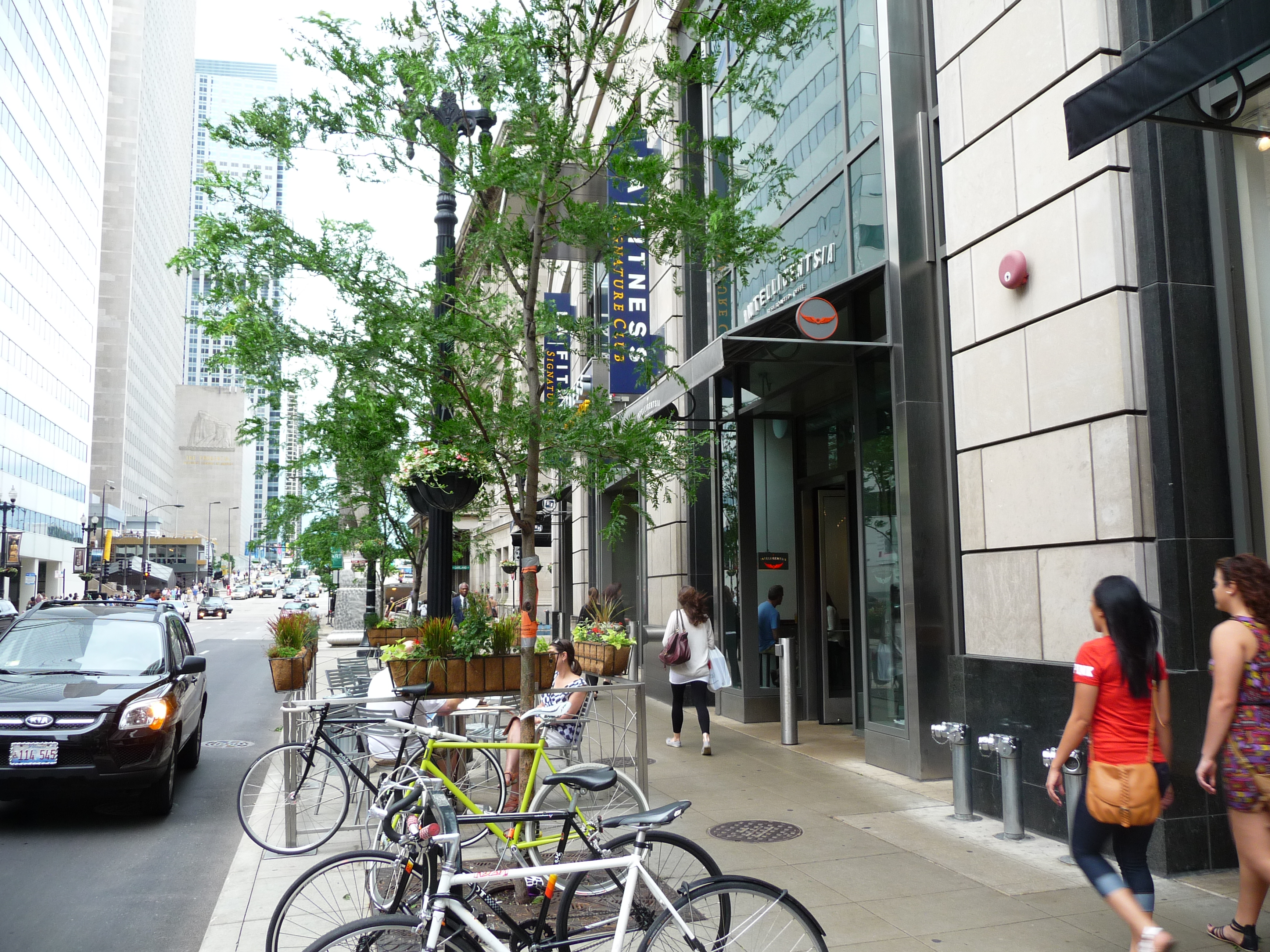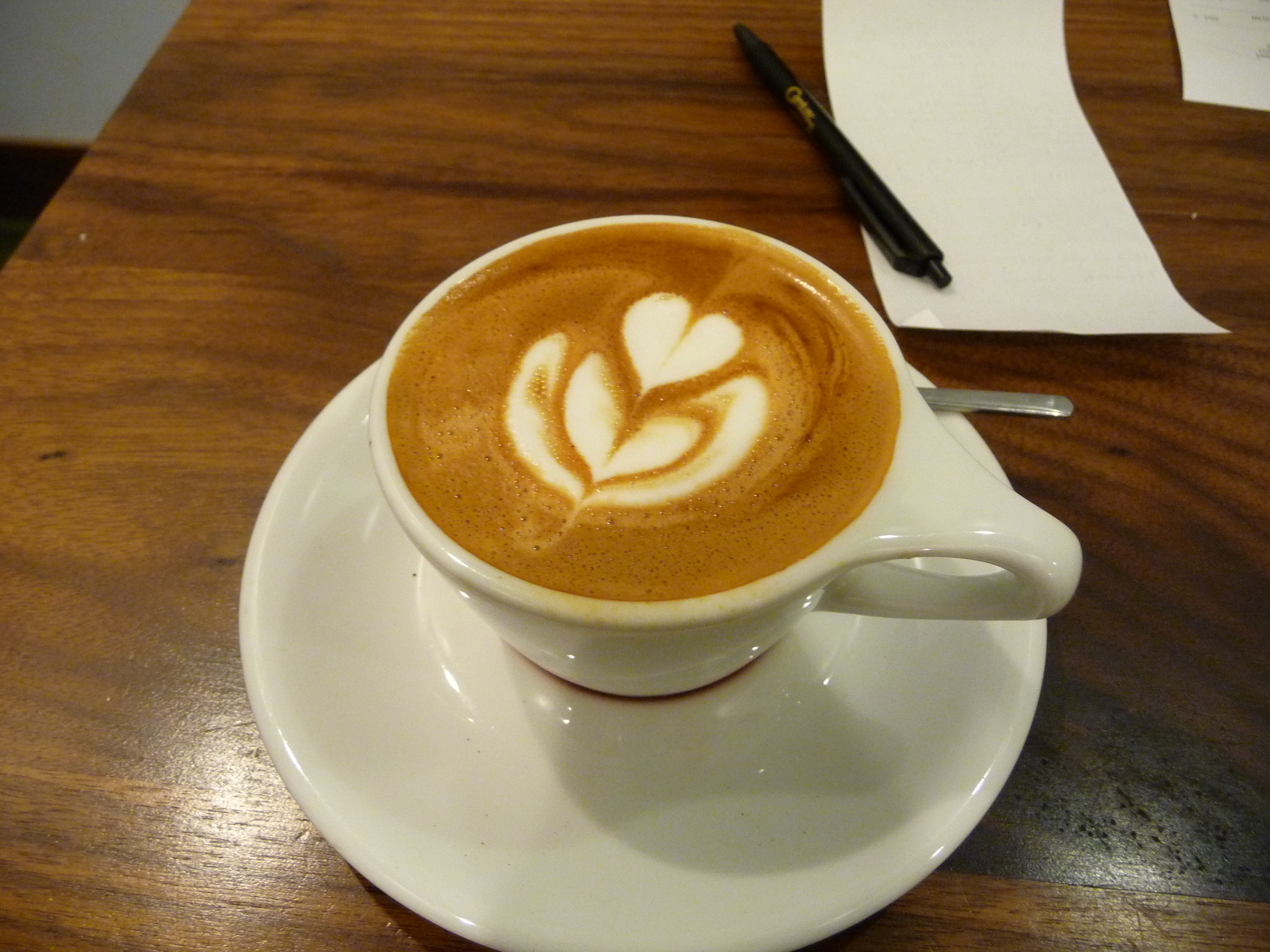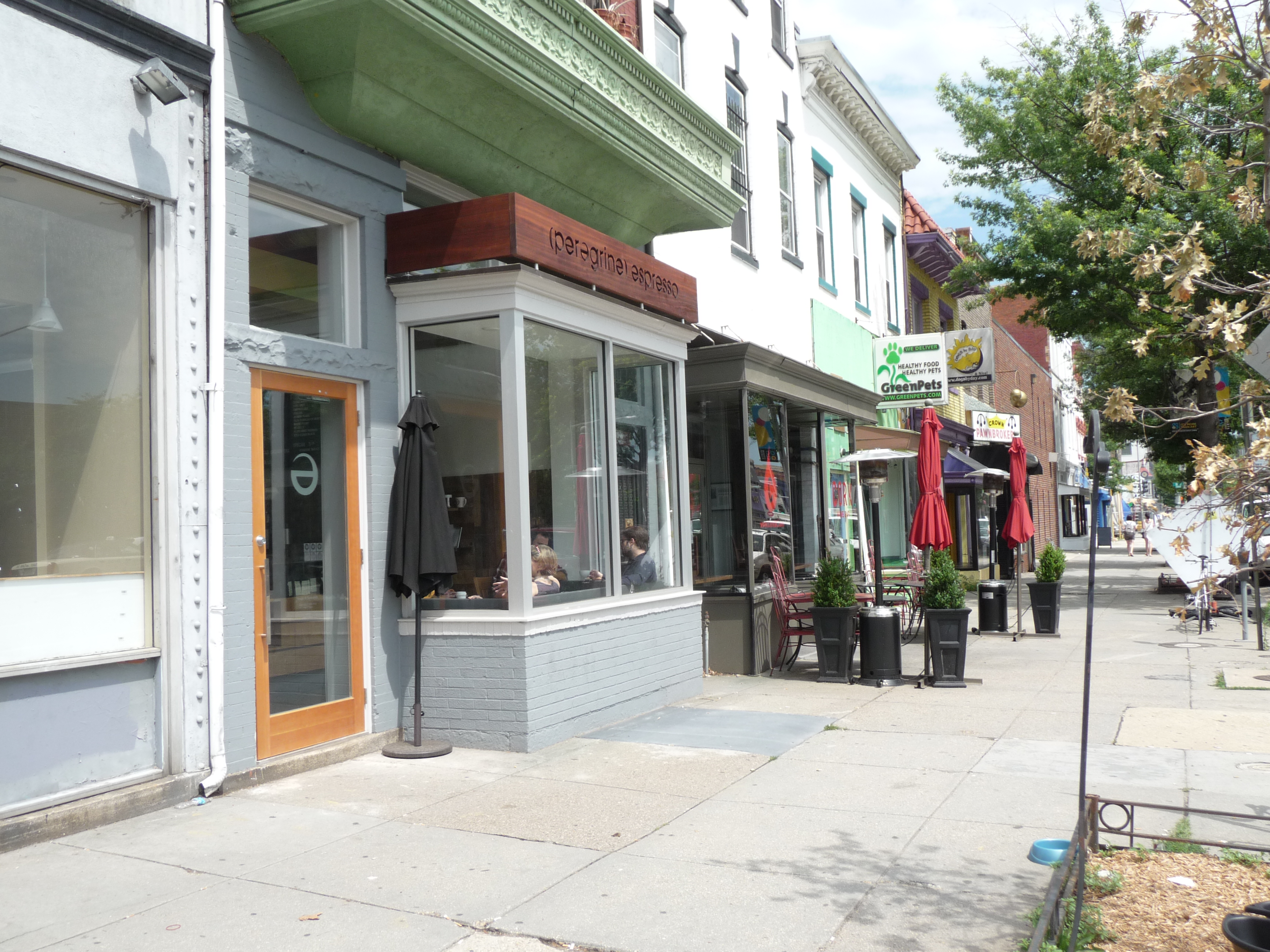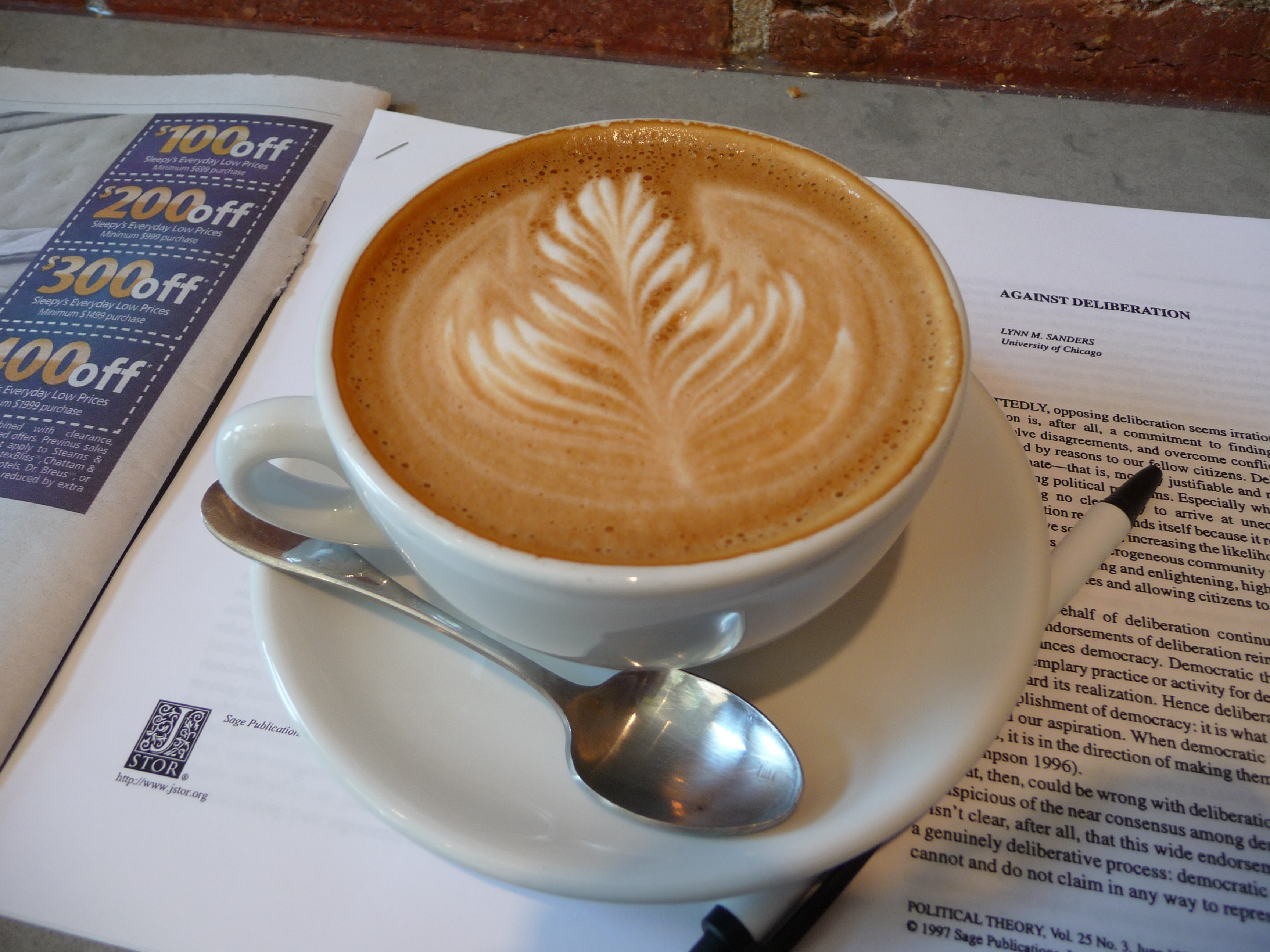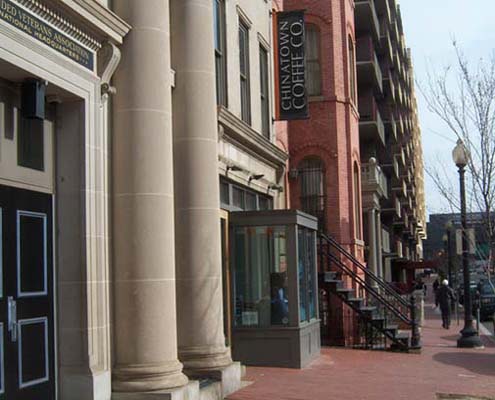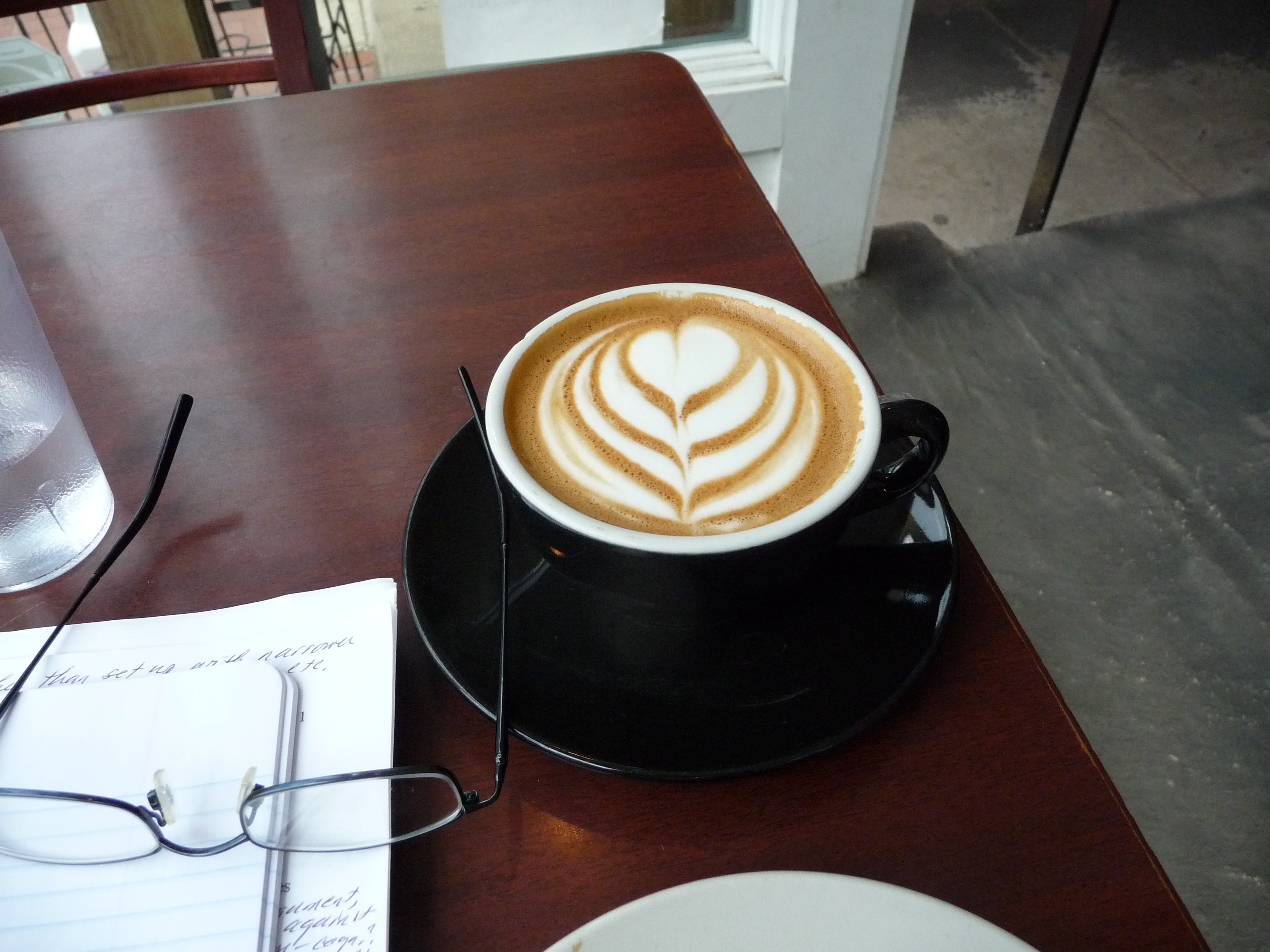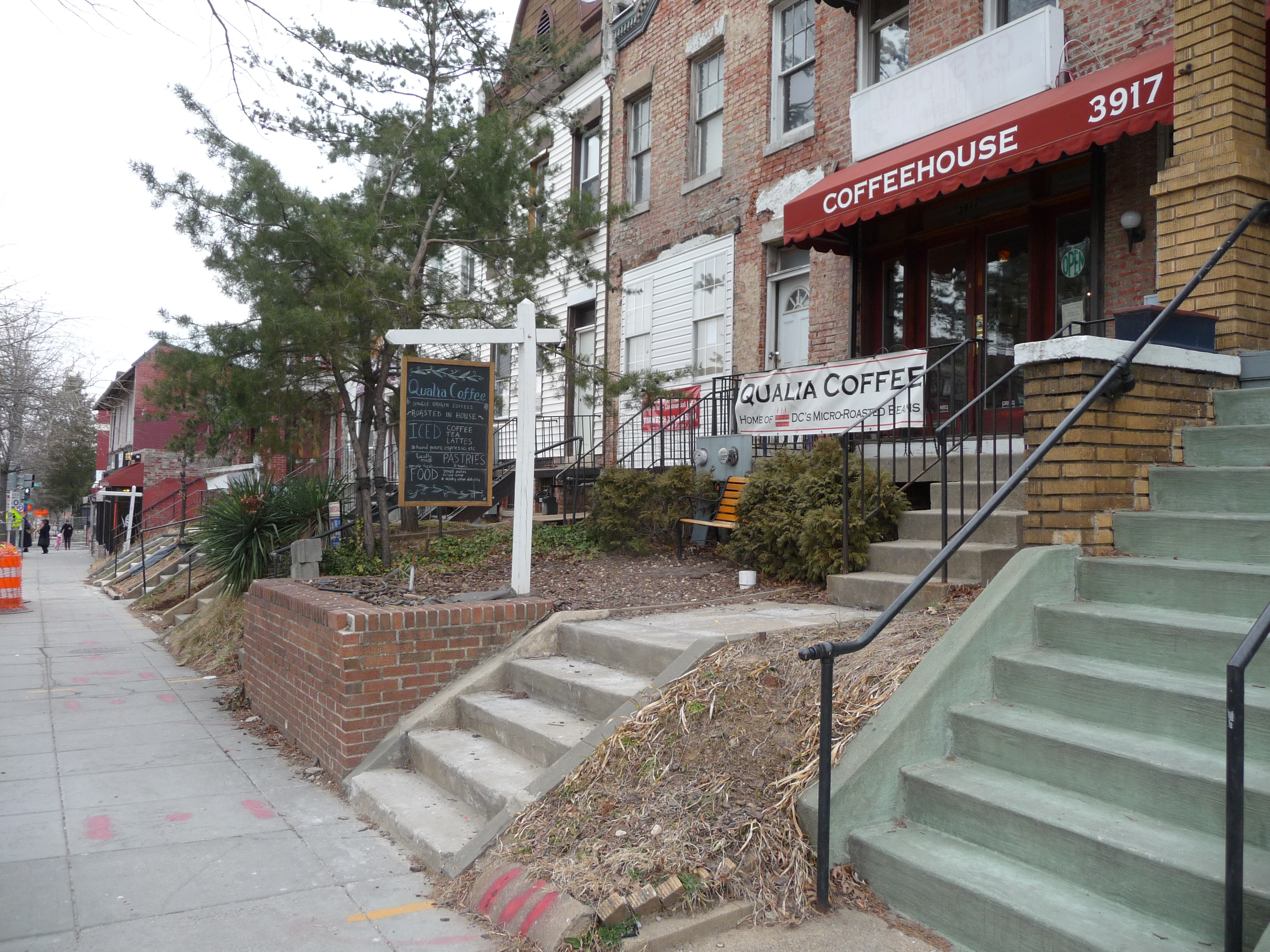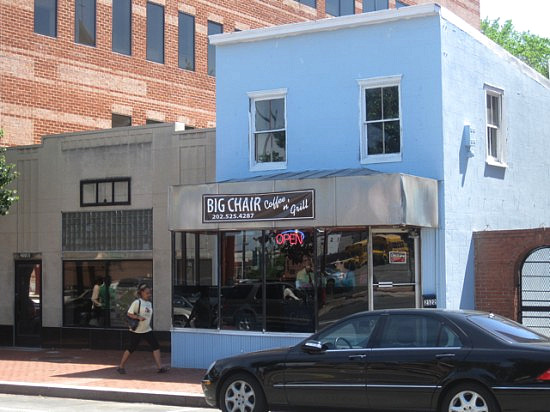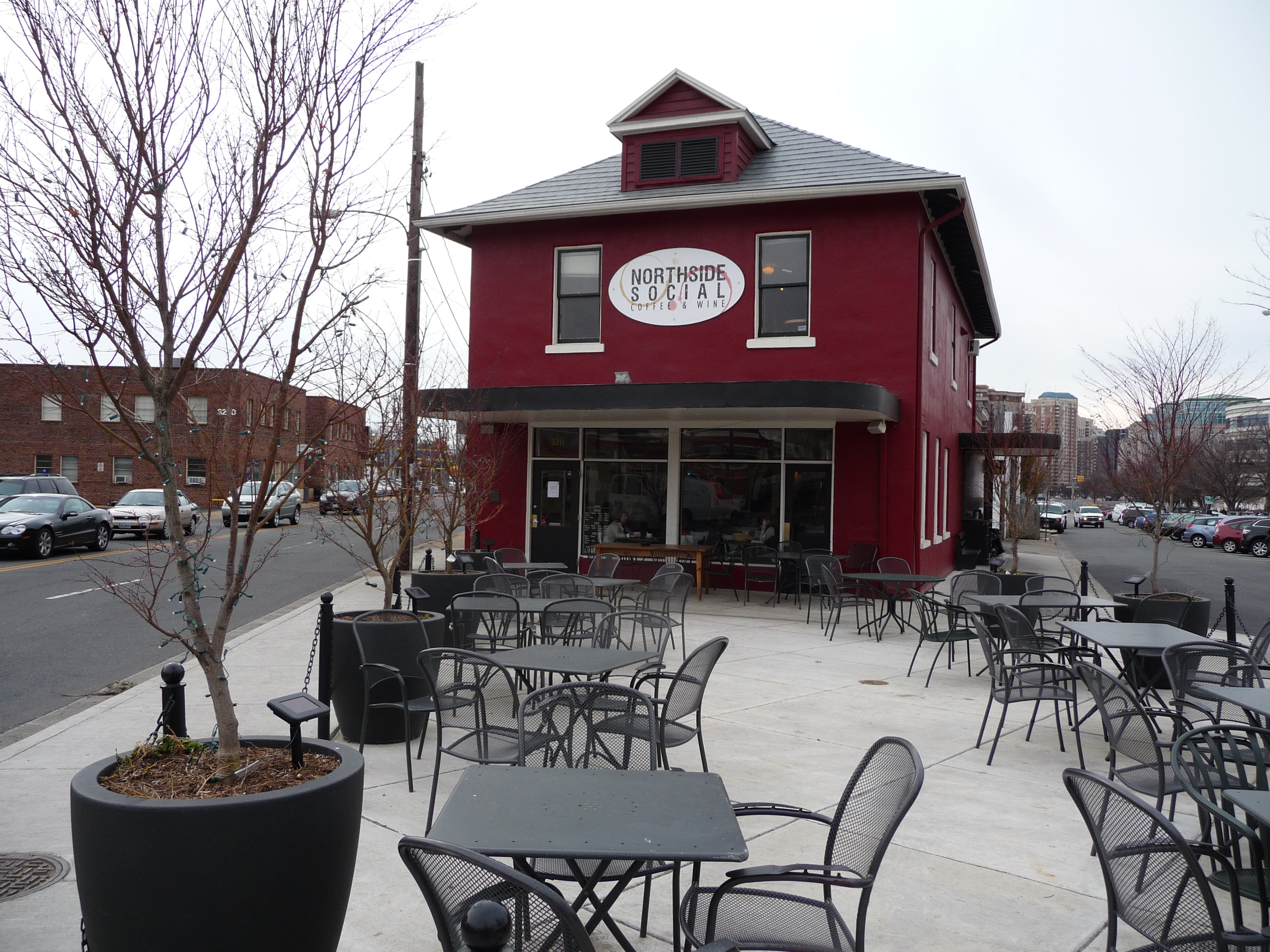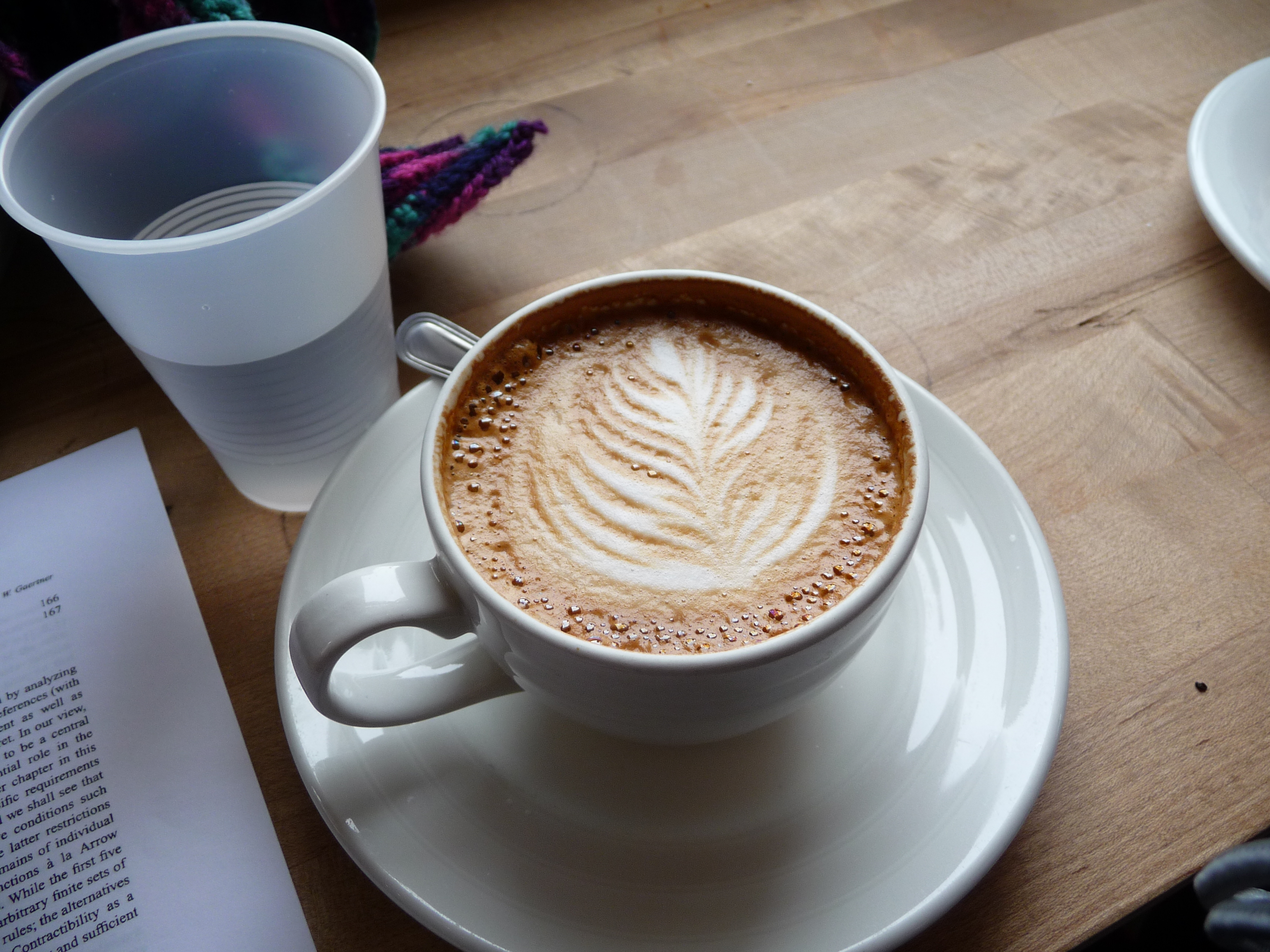A couple of years ago I started a project to try a cappuccino at every legitimate coffee house in Madison, WI. I ended (only missing a few places) that project a few days before moving to the Washington, DC area; now I would like to try a similar thing here in DC. I learned a lot from my first project in Madison and I hope to share some of my experiences with DC coffee houses. I’ve already explored a great deal of DC’s coffee scene but up until now I have not done so in a systematic way; this is what I will do on this blog in the coming months.
I like cappuccinos; that is primarily the reason why I will review those rather than other espresso drinks (or even drip coffee). However, there are other reasons why cappuccinos are a good test of the quality of a cafe. Most espresso drinks consist primarily of prepared espresso and milk in various forms and quantities. The best way to test a cafe’s espresso is to drink it straight; however, this will give you no indication of how well that cafe prepares milk. Alternatively, trying a latte will give you a good indication of how well the cafe steams milk, but the high milk to espresso ratio makes it very difficult to make an assessment of the underlying espresso. A cappuccino is 1/3 espresso, 1/3 steamed milk, and 1/3 foam; this composition allows the nuanced features of the espresso to come through, while retaining the silkiness and sweetness of the milk (that most people prefer).
One problem with enjoying cappuccinos is that excellent ones are a relative rarity. Everything must come together: the cafe must use fresh, high quality beans, the barista must use the proper amount and perfect fineness of grind and must tamp the espresso with a certain amount of pressure (and only use one application of pressure), the machine must be at a certain precise temperature to produce a good extraction, the barista must use the proper amount of milk and be able to use the steam wand to produce a good amount of microfoam. A problem (or many of them) can arise at any point in this process, producing a cappuccino ranging from good to terrible. Large chains, such as Starbucks, have been able to produce espresso drinks of decent quality consistently by using “full-auto” espresso machines; these machines grind and tamp coffee by themselves, producing espresso at the push of a button. This means that the barista need only froth milk effectively, largely avoiding the possibility of truly terrible espresso drinks. However, this automation never seems to produce truly exceptional espresso. Fortunately, most cafes still use “semi-auto” espresso machines, which require a barista of great skill…and keeps things interesting.
The bottom line: there are a lot of terrible cappuccinos out there and hopefully I can help you avoid them. There are also certainly some amazing ones, that I hope to find (and keep all to myself!). Just as I did in Madison, I will be using several criteria in my assessments of cappuccinos. Most importantly, understand that my score is of the drink itself and not other qualities of the cafe (price, food, ambiance, other happiness producing properties…); I will comment on other features of a cafe but these will not be included in my scores. The criteria are as follows, only slightly modified (and hopefully improved…) from the reviews I did in Madison (all rated on a 5 point scale):
Smoothness: Bitter cups will get a low score.
Presentation: Cappuccinos should be in a 5 -6 oz cup; milk art is always a plus.
Strength: A sufficiently robust drink will get a high score, a milky one will earn a low score.
Complexity: If the cup seems to have hints of several flavors, it will score highly.
Foam: A cappuccino should have a layer of finely frothed milk (microfoam).
The following map shows the cafes that I will visit; once I visit a cafe I will change its icon into a cup and a link to the review will be included in the title. The latest reviews can always be found at this blog, under the “DC Cappuccino Reviews” category. DC has far more cafes than Madison does, so I must be rather selective about the places I chose to visit (or I’ll never finish!). Essentially, if I have found any indication on the internet (mainly yelp and google searches) or by word of mouth that a cafe has good cappuccinos, I have included it on my list. I have also left off the large chains, as these are typically very similar to one another and thus not very interesting (see my review of the cappuccino at a Madison Starbucks). This is only a preliminary list and I will add cafes to it as I get new leads.
[googlemaps http://maps.google.com/maps/ms?ie=UTF8&hl=en&msa=0&msid=201189551063676516414.000499bd5cd0e01391673&ll=38.904927,-77.040939&spn=0.213736,0.274658&z=11&output=embed&w=400&h=400]
Finally, I will also take some time in each post to talk about the neighborhoods in which the cafes are located. So, if you are a tourist wanting to know more about DC and you have a hankering for espresso, my reviews should be a good starting point.
Ok, now that all of that is out of the way, first stop….North Side Social in Arlington! I hope it’s good!
